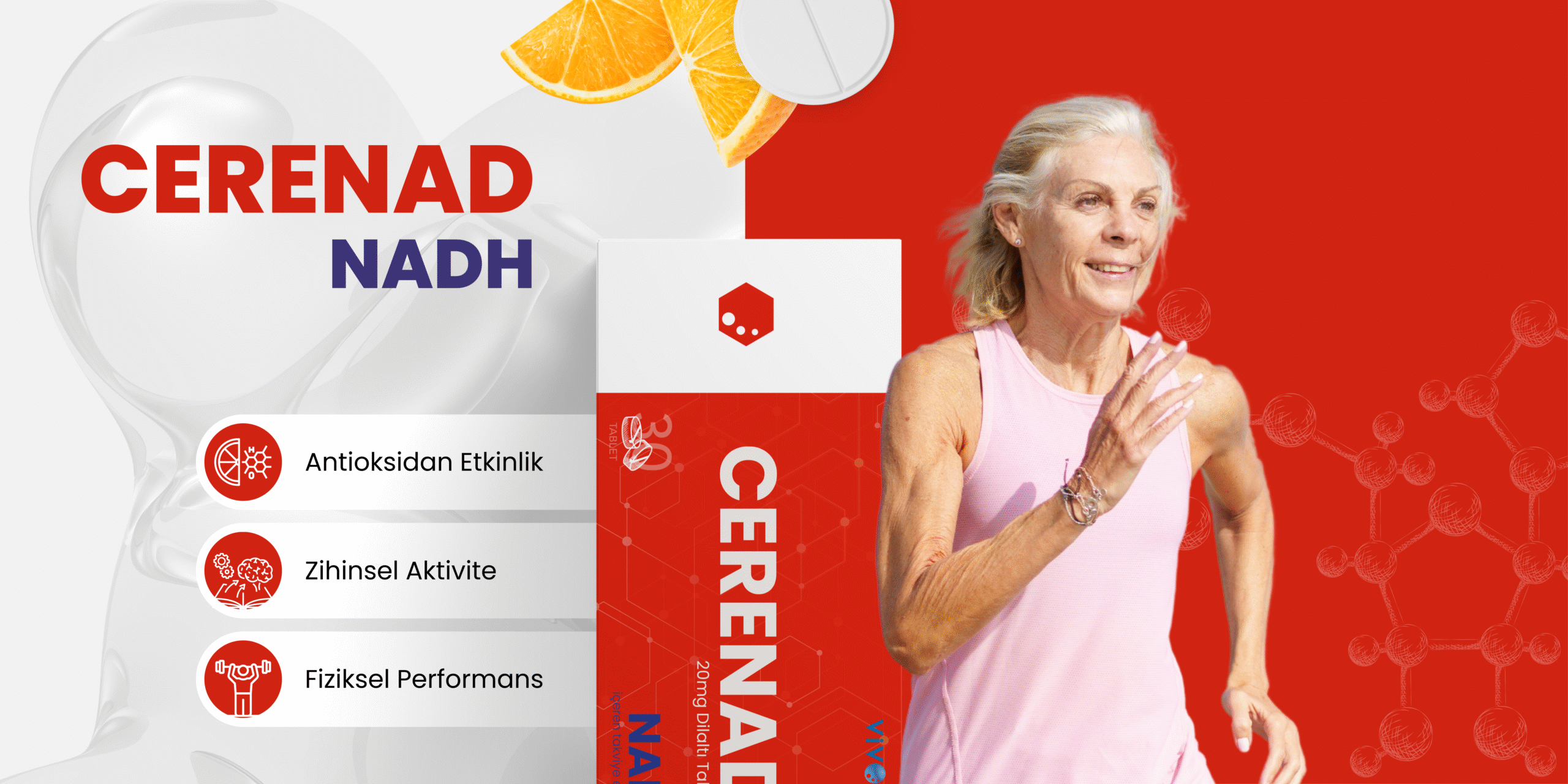
What is resveratrol? What are its benefits?
September 8, 2023
What are the Differences Between NAD+ and NADH?
September 8, 2023What is NADH?
NADH, or Nicotinamide-Adenine-Dinucleotide-Hydride, is an important coenzyme in the cells of the human body. It is present in every human body and is produced by the body. NADH helps to provide the body with what it needs for energy production. It is also called Coenzyme Q1, which is found in all cells for energy production.
In other words, it is the biologically active form of Niacin (Vitamin B3). NADH, the biological form of hydrogen, reacts with the oxygen present in all cells to form water and energy. How much energy a cell produces and how long it lives is directly proportional to how much NADH it contains and is present in the cells of all living things.

Why use food supplements?
The body needs oxygen, glucose and nadh to produce energy. Just as humans cannot live without oxygen, cells cannot live without glucose and nadh. Cell death can also occur for natural reasons. For example, age-related decreases in the energy levels of cells, and below a certain rate, the cell dies and the body's risk of disease increases.
Cells contain a specialized organelle to provide energy for their vital functions. Mitochondria produce 95% of the energy produced in the human body. Mitochondria provide the energy needed for cells to reproduce, grow and develop. Nadh has a very important role in mitochondria, which are vital for cells.
Nadh, which the human body can produce naturally, can also be taken as an external supplement in cases that reduce the nadh ratio in the body such as ageing, chronic fatigue syndrome, depression. Nadh, whose only role in the human body is not to support energy production, triggers and controls more than 1,000 metabolic reactions.
NADH plays an important role in the formation of neurotransmitters such as serotonin, dopamine and norepinephrine, which affect brain function and body values such as happiness level, and studies have shown that NADH accelerates the production of these neurotransmitters and accordingly regulates the chemicals in the brain.
Bibliography:
- The assessment of the energy metabolism in patients with chronic fatigue syndrome by serum fluorescence emission. Altern Ther Health Med, 18(1), 36-40 (2012).
- Mitochondrial regulation in pluripotent stem cells. Cell metabolism, 18(3), 325-332 (2013).
8) Birkmayer GD. NADH, the Biological Hydrogen: The Secret of Our Life Energy. Basic Health Publications, Inc. (2009). - Does oral coenzyme Q10 plus NADH supplementation improve fatigue and biochemical parameters in chronic fatigue syndrome? PMID: 25386668. DOI: 10.1089/ars.2014.6181

Have you met Cerenad NADH?





